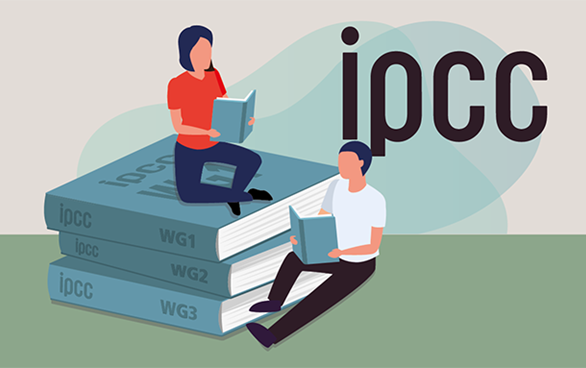The IPCC is an intergovernmental scientific body which every six years or so summarises the current state of knowledge on climate change and assesses it from a scientific point of view. The IPCC Assessment Report consists of three parts, published at intervals of several months. The first publication on the physical science basis of climate change was released on August 9, 2021 (cf. "New IPCC report published").
The second part of the Sixth Assessment Report, released in February 2022, focuses on the negative impacts of human-induced climate change and the resulting losses and damages to nature and people: Ecosystems and our society are becoming increasingly vulnerable to climate change risks. If global warming reaches 1.5 °C in the near future, climate hazards such as continued sea-level rise will increase and pose risks to ecosystems and people. According to the IPCC, comprehensive, effective and innovative measures are urgently needed to make society resilient to climate change.
At the beginning of April 2022, the third part of the Sixth Assessment Report was published. It deals with the technical, economic and social options for reducing greenhouse gas emissions, also known as mitigation. The report states that climate change is the result of decades of greenhouse gas emissions from unsustainable energy use, unsustainable production and consumption patterns, and unsustainable land use. Human-induced greenhouse gas emissions are continuously increasing worldwide. To limit global warming to 1.5 °C, a substantial reduction of greenhouse gas emissions across all sectors and regions is required - for example, through the use of low- or zero-carbon energy sources. Also the use of measures to remove CO2 from the atmosphere is necessary worldwide to counterbalance hard-to-abate residual emissions and to achieve the goal of net zero greenhouse gas emissions globally and at the national level. Without strengthening emission reductions globally, greenhouse gas emissions will continue to rise and likely lead to a global warming of 3.2 °C by the year 2100.
According to the IPCC, consumers can also influence and reduce their own emissions. Avoiding food waste, making sure products are reusable, and using public transport are just a few of the many possibilities.


